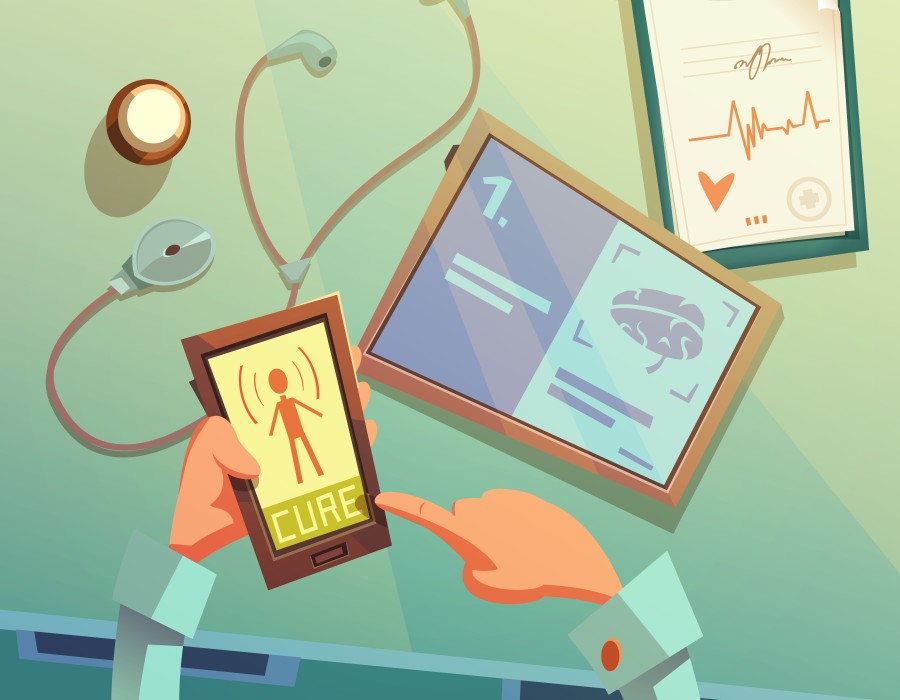In today’s fast-paced healthcare ecosystem, patient safety remains a top priority. Unfortunately, medical errors—often caused by fragmented health systems and lack of seamless data exchange—are still a major concern. This is where healthcare interoperability steps in as a game-changer.
Understanding Healthcare Interoperability
Healthcare interoperability refers to the ability of different health IT systems, applications, and devices to access, exchange, and use health information securely and efficiently. When providers, payers, and patients can communicate seamlessly across platforms, it ensures accurate decision-making and better outcomes.
The Link Between Interoperability and Medical Errors
Medical errors often occur due to:
- Incomplete patient records
- Miscommunication between care teams
- Delayed access to test results or prescriptions
- Manual data entry mistakes
By integrating healthcare interoperability, clinicians gain a 360° view of the patient’s health journey, minimizing risks of misdiagnosis, duplicate tests, or medication errors.
How Interoperability Improves Patient Safety
Accurate, Real-Time Data Sharing
Interoperability allows real-time updates across EHR systems, ensuring that every provider sees the same accurate information. This reduces chances of outdated or conflicting data leading to harmful decisions.
Better Medication Management
Medication errors are among the most common safety issues. Through interoperable systems, drug interactions, allergies, and prescription histories are instantly visible, preventing harmful combinations.
Coordinated Care Across Providers
When specialists, hospitals, and primary care providers share standardized patient data, coordination improves. This eliminates duplicate tests and ensures continuity of care.
Faster Emergency Response
In critical situations, interoperable systems allow emergency teams to quickly access vital patient records, speeding up life-saving interventions.
Patient Empowerment
Interoperability also benefits patients by giving them access to their health records, allowing them to spot errors and actively participate in their care decisions.
Example
Imagine a patient admitted to an ER while traveling. With interoperability, doctors can instantly access the patient’s medical history, allergies, and medications—even if their primary care provider is miles away. This prevents guesswork and saves lives.
The Road Ahead
Adopting healthcare interoperability not only enhances operational efficiency but also plays a critical role in reducing medical errors and safeguarding patient health. As healthcare moves toward value-based care, interoperability will be the foundation of safer, smarter, and more connected systems.
Healthcare interoperability isn’t just about technology—it’s about trust, accuracy, and ultimately saving lives.
The Road Ahead
Adopting healthcare interoperability not only enhances operational efficiency but also plays a critical role in reducing medical errors and safeguarding patient health. As healthcare moves toward value-based care, interoperability will be the foundation of safer, smarter, and more connected systems.
Healthcare interoperability isn’t just about technology—it’s about trust, accuracy, and ultimately saving lives.





Comments